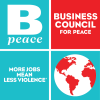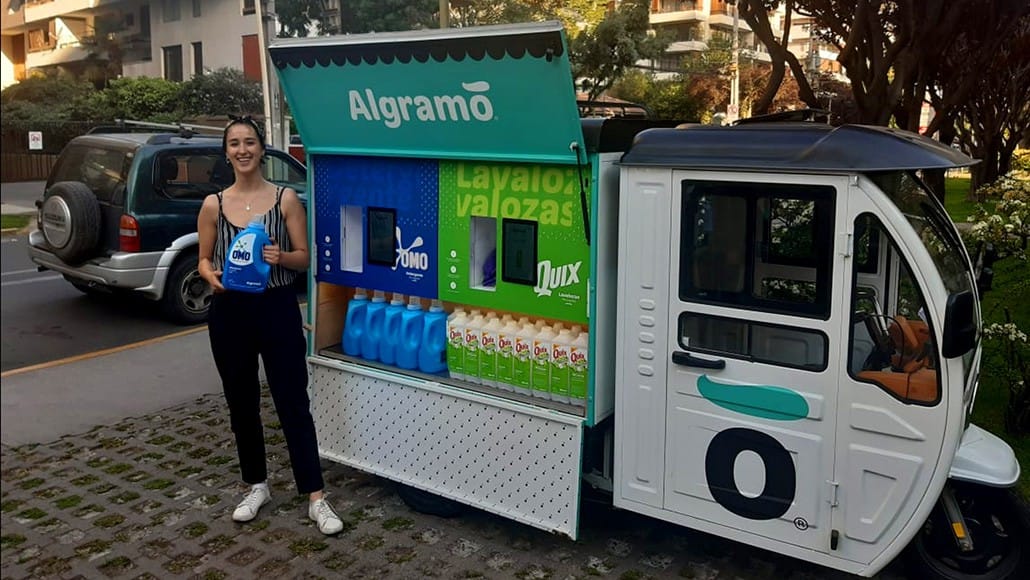Trade groups, nonprofits and retailers across the globe are uniting to decrease the use of plastic, despite pandemic-related disruptions.
Packaging is a key component of most manufacturers’ supply chains — one reason socially responsible businesses are increasingly promoting the circular economy. As a major cost and purchase driver in the supply chain of both B2B and B2C businesses, packaging (type, weight and thickness) can have a big effect on a company’s environmental impact, consumer acceptance and profitability.
The pandemic presents an opportunity to rethink old ways of doing business — and new ways of using packaging — for compelling reasons:
- Public health concerns
- Economic necessity
- Government regulation
- Consumer demand
- Recognition of the severe adverse impact of climate change on public health
- Pressure from global trade groups, nonprofits and retailers
Rethinking old ways: 7 changes your small business can consider today
Even before the worldwide economy begins to bounce back from the devastating effects of the pandemic, small businesses can make changes to their packaging that have positive effects on their business and the environment.
1. Reduce, reuse, recycle, in that order. While this will reduce your environmental impact, it can also reduce costs.
- Collaborate with your employees on where you can reduce, reuse and recycle. Employees will be involved in implementing changes, so bring them into the conversation early on.
- Seek alternatives to recycling where possible. Recycling as the first line of attack is losing favor as its shortcomings are exposed. Inefficient and inconsistent collection processes have businesses turning to reuse and reduction. Manufacturers are recognizing the near-term need to mitigate irreversible long-term effects of packaging waste.
- Major manufacturers are paving the way. The Clorox Company and Colgate-Palmolive, U.S. Plastics Pact members, have joined with Chilean startup Algramo to increase the zero-waste distribution of household cleaning and personal care products in the U.S.
- Explore TRUE, a zero waste program, using this pre-certification document. TRUE (Total Resource Use and Efficiency) is a certification program that recognizes facilities for minimizing resource consumption, preventing waste and redesigning material life cycles. TRUE certifies sites that have defined and achieved their zero waste goals. Certification allows you to demonstrate your environmental leadership.
- Promote what you are doing to reduce waste and find like-minded retailers. More retailers are selling zero-waste products as consumer demand for reusable items continue to grow. One such retailer is The Waste Less Shop, whose mission is to educate and empower consumers to make sustainable shifts in their daily lives.
2. Reduce packaging costs. Ways to bring down costs include packaging automation, the use of smaller boxes to reduce shipping costs, and minimizing returns by decreasing packaging damage through proper packaging.
- Redesign to limit the size, weight and quantity of your packaging.
- Streamline the packaging of products sold online. Packaging of online goods does not have to describe product benefits as much and shout “buy me” (like at point of purchase). Design for reuse or refilling — growing packaging trends.
3. Understand the circular economy, and how circularity can be applied to a company’s manufacturing process.
- Two good resources are: Reuse: Rethinking Packaging from the Ellen MacArthur Foundation, and Cradle to Cradle’s Safe and Circular Materials Guide, offering different paths such as materials journey mapping, product redesign, and material selection.
Two forward-looking circularity examples are:
- U.S. Plastics Pact (formed by The Recycling Partnership and World Wildlife Fund as part of the Ellen MacArthur Foundation’s global Plastics Pact network), whose mission is to urge public-private stakeholders across the plastics value chain to develop a circular supply chain by changing the way companies design, use and reuse plastics. The Plastics Pact “brings together companies, government entities, NGOs, researchers, and other stakeholders in a pre-competitive platform for industry-led innovation.” Without this change toward a circular economy, environmental experts believe that U.S. companies and governments will not be able to meet their goals to reduce plastics by 2025.
- Amazon’s Climate Pledge Friendly Program. This new program uses third-party certifications like C2C Certified to help customers identify and purchase sustainable products. The company’s Compact by Design program helps sellers reduce waste in product design and packaging, and is working to expand to non-U.S. markets. If you already sell products on Amazon, click here to see if your products qualify.
4. Weigh the environmental and economic advantages of flexible packaging vs. rigid plastics.
- Flexible: Consumer preferences are expected to turn to multi-portion formats, particularly in the food and pharmaceutical industries. Transparency Market Research reports that, in addition to increasing marketability, flexible packaging offers high environmental sustainability, better product safety, lower shipping costs, and shelf appeal.
- Rigid: Rigid plastics have higher recycling rates (18%) than flexible plastics (13%) but are also generally more expensive, have higher shipping costs, and have a harmful effect on the environment. Forms of rigid packaging materials include glass, hard plastics, cardboard and metal. They are often chosen because they are stronger and more durable. Many U.S. states impose their own regulations. For example, California’s Rigid Plastic Packaging Container Law requires that any products manufactured, imported to, or sold in California that use rigid plastic packaging must comply with guidelines that will reduce plastic waste and increase recycling.
5. Redesign existing packaging to be simpler. Redesigns can reduce the number of parts and environmental impact. If done innovatively and creatively, they can also have consumer appeal. The EU Circular Economy Action Plan has already confirmed the importance of simplification: “reducing the complexity of packaging materials, including number of materials and polymers used.”
6. Make your packaging “smart,” allowing it to connect to the Internet. Is the need to communicate additional information or add a coupon creating more potential packaging waste? Print a QR code or NFC tag instead; these technologies also allow for more flexibility if you want to change the message.
QR codes and NFC tags are becoming more common. Two billion Apple and Android devices now allow consumers to use them. Emmi, the producer of oat milk and balance drinks, recently partnered with Appetite Creative and Tetra Pak on connected packaging to engage customers.
Note that smart packaging solutions will have an extra cost, especially until they can be mass produced. And some are not sustainable. Dr. Bahar Aliakbarian cites the difficulty of recycling certain smart packaging components like displays and circuits. Manufacturers should analyze the potential of reduced food waste and other benefits when weighing the advantages of incorporating smart technologies.
7. Think carefully about the real value of single-use packaging. When the pandemic began, the best ways to protect public health were uncertain. The first step many governments and businesses took was to prohibit reusables and promote the use of single-service packaging. This was thought to help reduce contamination and the spread of the virus. While staying safe is the most important thing we can do right now, there is no evidence that reusable bags or packaging contributes to spreading COVID-19 any more than single-use or disposable bags or packaging.
In the U.S., the Break Free from Plastic Pollution Act would require that businesses recycle and compost packaging materials and would pretty much eliminate single-use plastic packaging.
If the list above looks too intimidating at this challenging time, explore just one potential change and revisit the others when it’s practical. Your bottom line, your consumers and your planet will be glad you did.
Lisa Bowers is a Bpeace Skillanthropist and a member of the Executive Council. Her day job is Director, Sponsorship, at the U.S. Green Building Council.
[1]: “Is it time for brands to get connected? Why smart packaging is having a moment,” by Imogen Watson, October 20, 2020, https://www.thedrum.com/news/2020/10/20/it-time-brands-get-connected-why-smart-packaging-having-moment
[2] “Smart packaging challenges and opportunities in the supply chain,” by Dr. Bahar Aliakbarian, February 20, 2019, https://www.supplychainquarterly.com/articles/1853-smart-packaging-challenges-and-opportunities-in-the-supply-chain
[3] “The pandemic is changing the dialogue about reusable packaging,” by Lauren Phipps, April 13, 2020, https://www.greenbiz.com/article/pandemic-changing-dialogue-about-reusable-packaging




